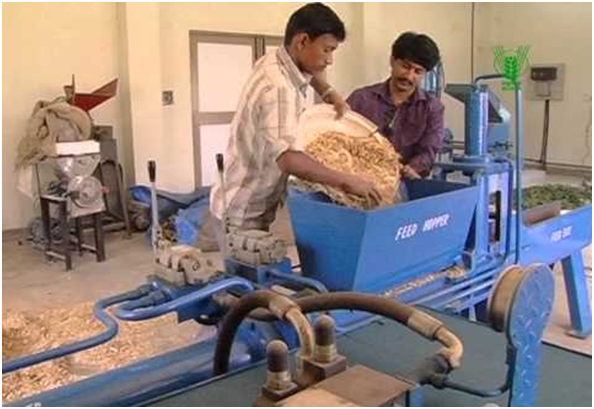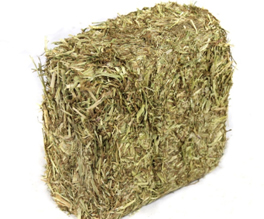Manufacturing process:
- The first step in the process of making complete Feed Blocks is the grinding and mixing of concentrate ingredients separately.
- This is followed by adding concentrate components to chopped straw in desired proportions along with molasses in a mixer, taking care that mixing is uniform and ingredients are not separated due to gravity.
- Finally, the desired quantity of straw-concentrate mix is transferred to a hydraulic press to convert the mix into densified blocks.
- The major components are forage and concentrate, added in different ratios, depending upon the level of production while the minor component constitutes micronutrients and feed additives.
|



